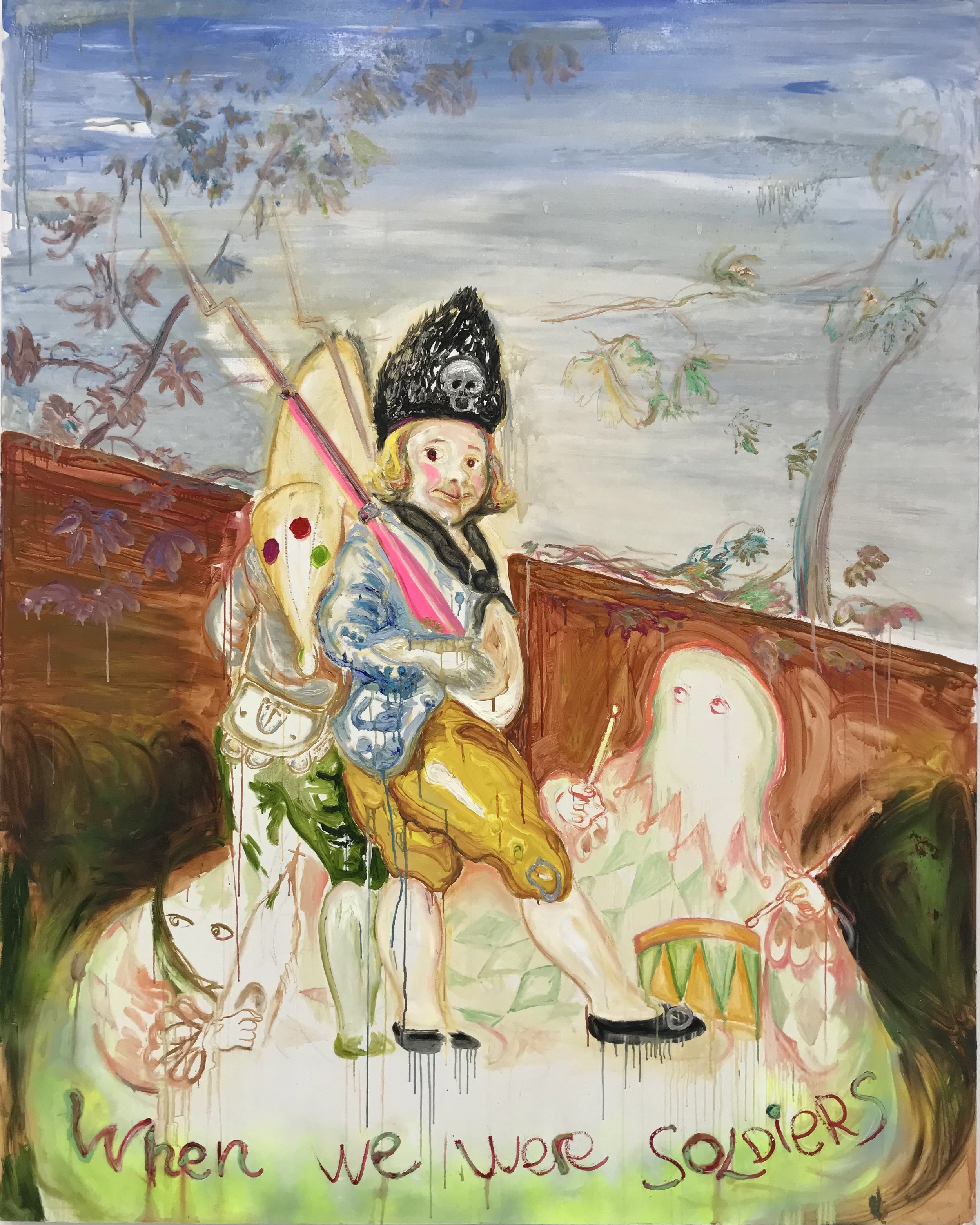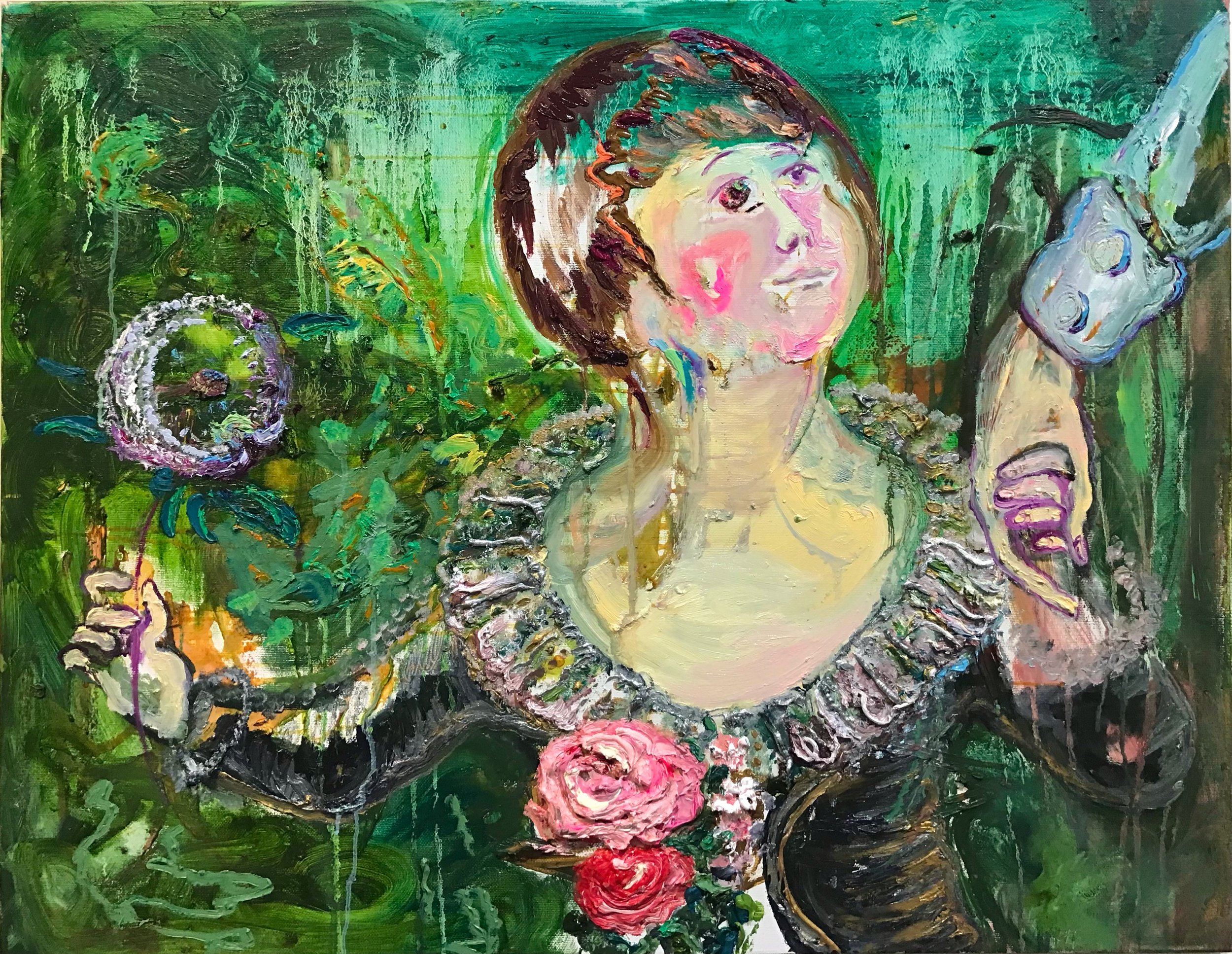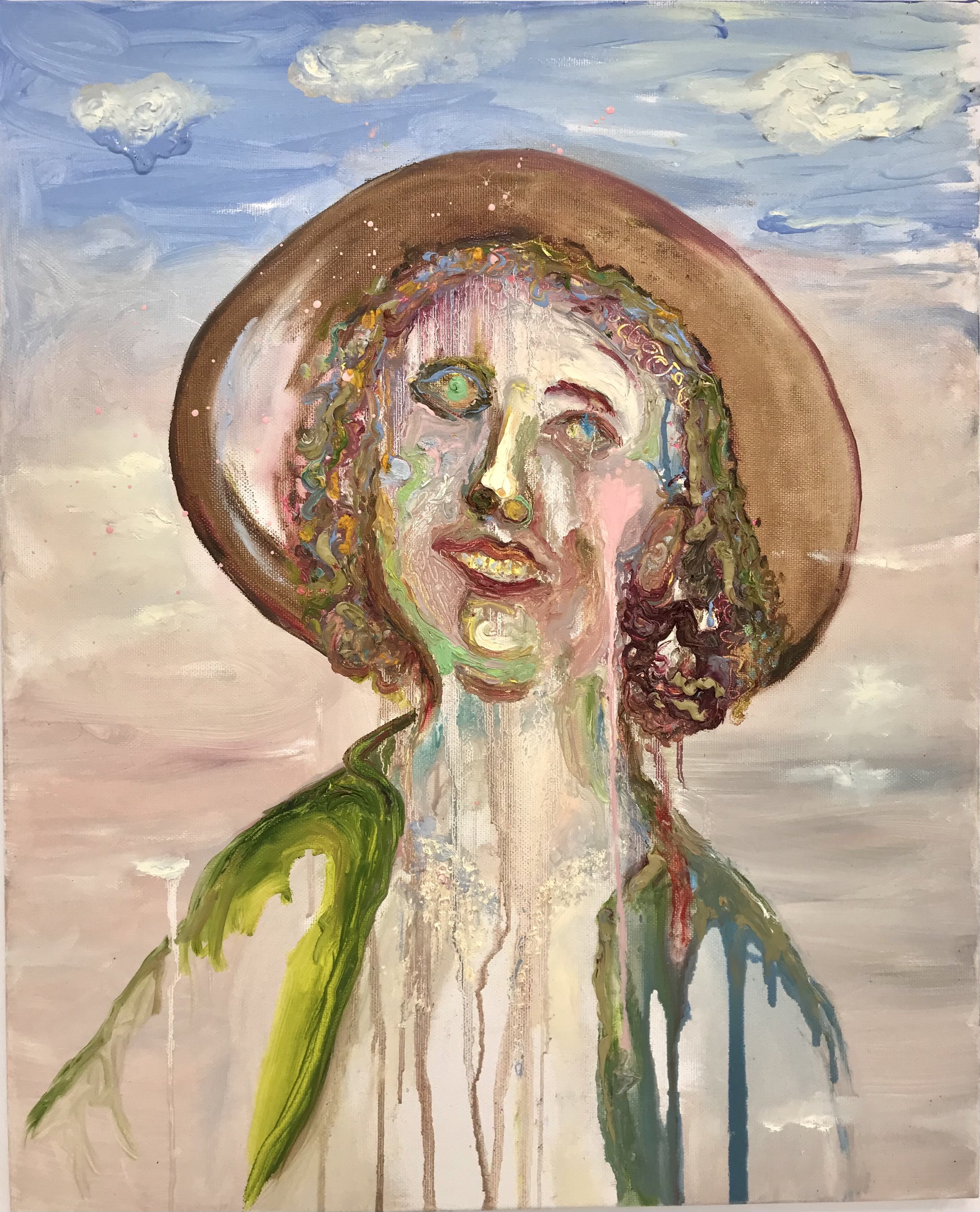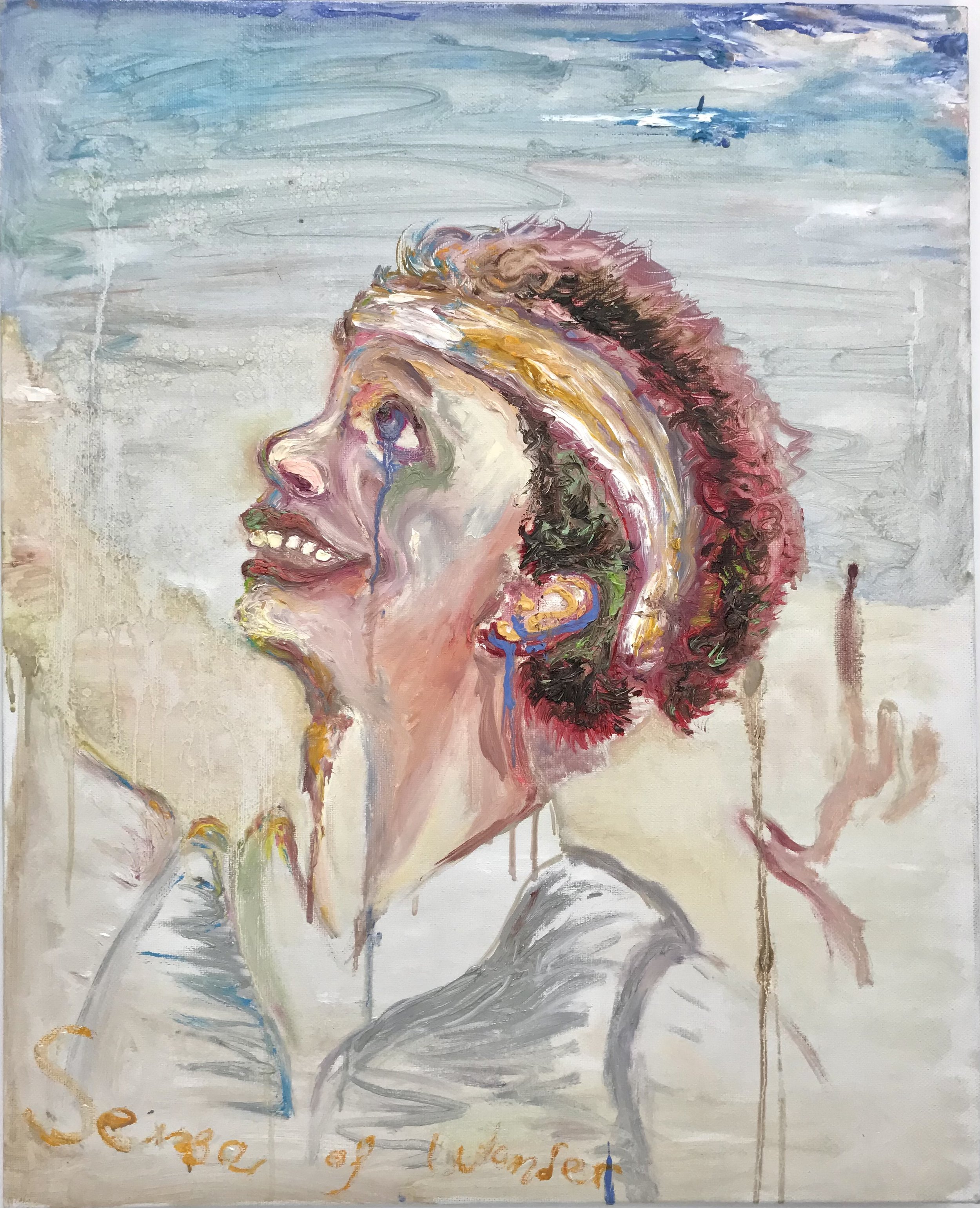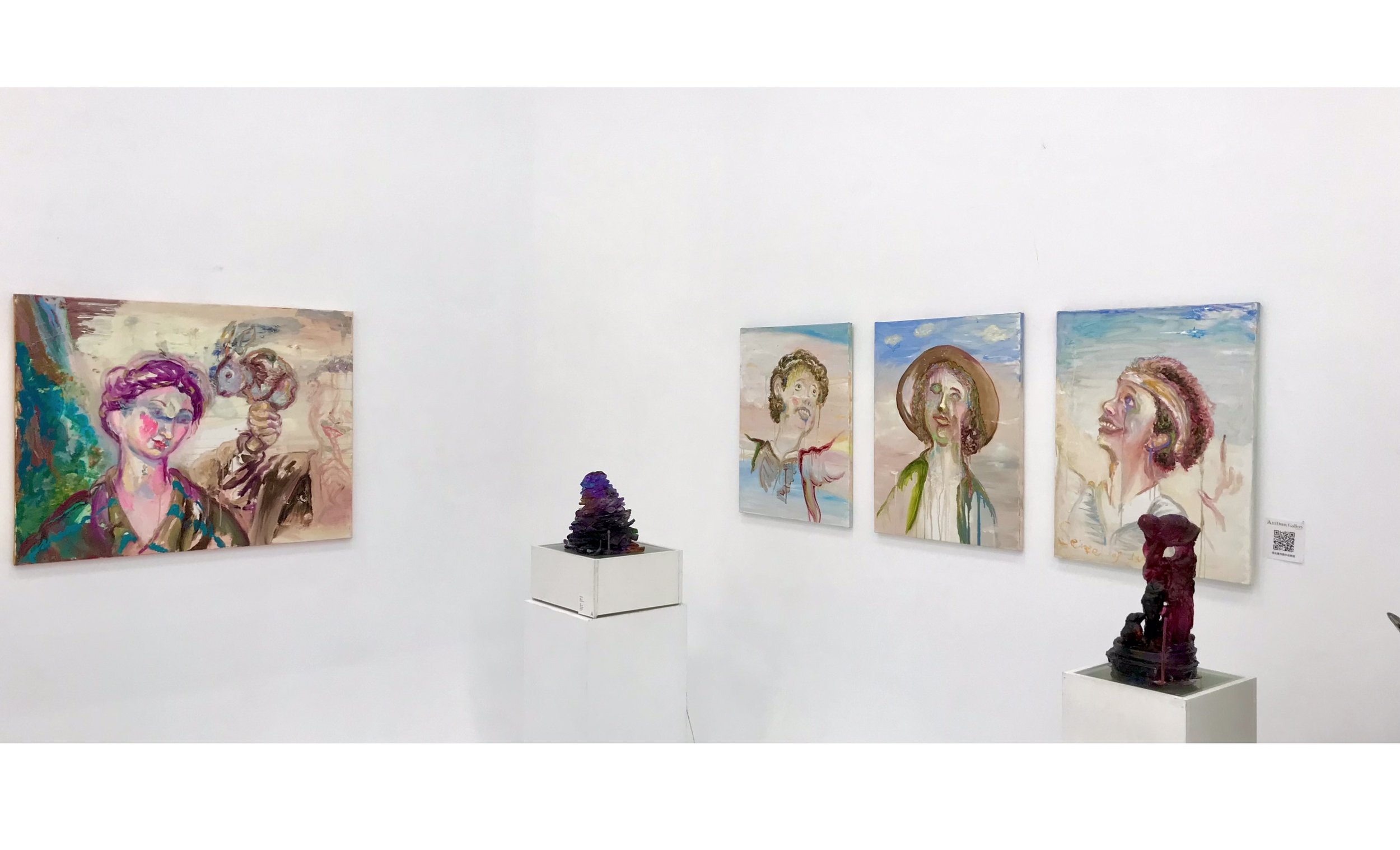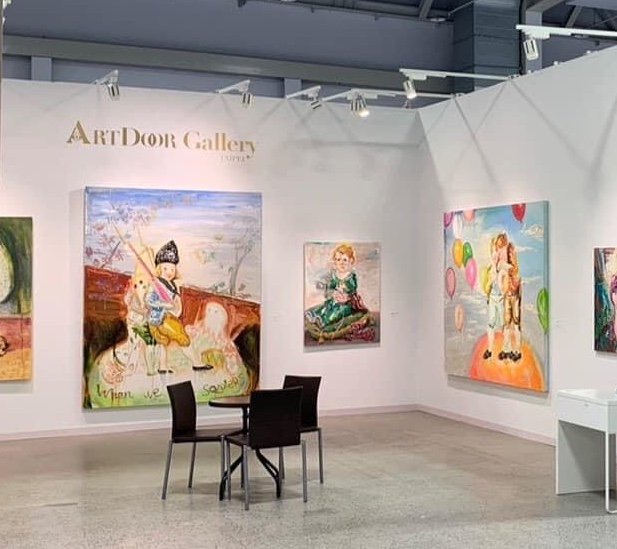
Children @ Play
Taipei, 2021/2023
‘The child is innocence and forgetting, a new beginning, a game, a self-rolling wheel, a first movement, a sacred Yes.”
— Friedrich Nietzsche, Thus Spoke Zarathustra
‘Every Child is an Artist, the problem is how to remain an Artist once he grows up’
— Pablo Picasso
Nietzsche’s latest development of spiritual transformation is the child. As he exposed in Thus Spoke Zarathustra, spirit symbolically evolves from camel to lion and from lion to child. The child affirms life in all of it’s exuberance, a loss of shame, deep compassion, a child-like spirit will be the step that leads us towards freedom. The child creates his own world, a world full of passion and discovery beyond the superfluous pleasures that society imposes on us and limit our existence.
For Picasso in Art practice there is always an element of play and acceptance, regardless of the difficulties of the subject matter that the Artwork deals with. This is an extremely liberating child-like attitude, full of life which needs to be explored and expressed within the creative act.
In this exhibition, Rivera looks into this dimension of play and creativity within the spiritual dimension of the child. He wants to contrast this with the difficulty of the times we live in, while he addresses the existential question of how to remain a child in a period where information replaces knowledge and data takes over embodied experience, a period of war, threat and uncertainty.
In order to do this, Rivera focusses his attention on the portraits of Children that Francisco de Goya painted at the turn of the 18th to 19th Century. These were also times of great turbulence in Europe when Napoleon ended up occupying Spain and many other countries in their so called liberation from the old order or modernisation of Europe, resulting in long periods of occupation, hunger and war.
Goya was an admirer of life and often used the motive of children to reflect on social situations and our human condition. He went from painting commissioned portraits of noble boys and girls to paint scenes of poor children playing in the streets, having fun regardless of the struggles and difficulties they most likely had to face during such difficult times.
Rivera reinterprets these master pieces focusing in different aspects of composition and painting techniques and in cases, bringing some secondary characters to become the central motive for a painting. His raw and direct use of paint exaggerates the psychological and existential states of these protagonists, aiming to transcend the very act of painting beyond the flatness of the canvas. Paint becomes matter which invites the viewer to touch and play, to become more present while looking at the painting.
The intention is to bridge two different relevant historical moments and cultures, to reflect in them from a contemporary global perspective and allow the spectator to also reflect on their inner world and hopefully become a children @ play. The aspiration is to bring their own childhood memories and their ‘being in the moment’, ‘full of life’ and ‘worry free’ spirit of their joyful childlike nature back into their lives.



